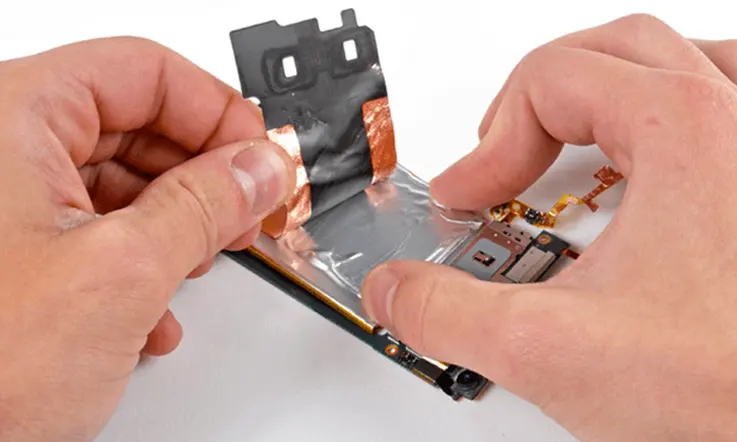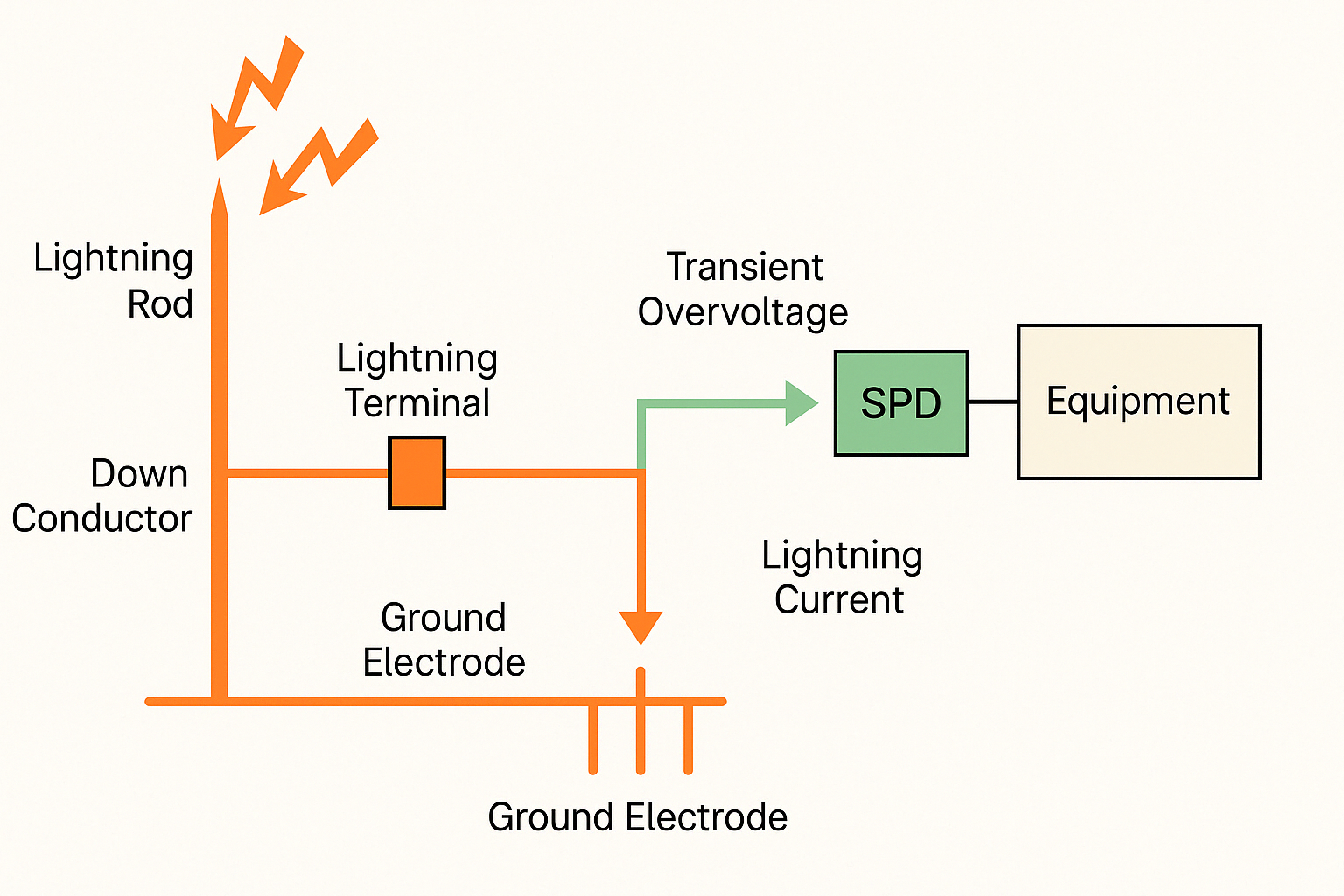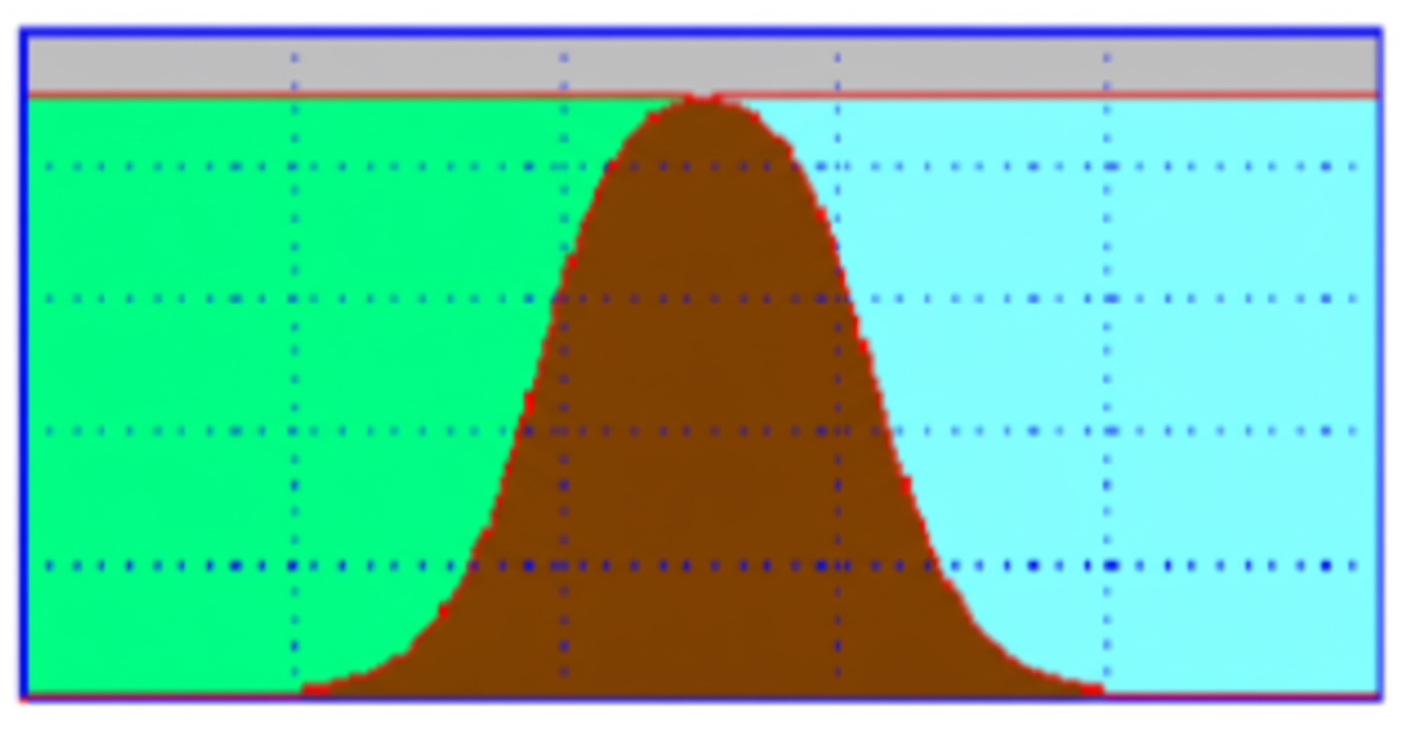Overview
As vehicle electronics complexity increases, the number of electronic devices in vehicles has grown and electromagnetic interference (EMI) issues have become more prominent. Electromagnetic compatibility (EMC) is receiving increasing attention. The automotive industry defines strict EMC standards and test procedures: individual components must pass EMC tests, and after integration the complete vehicle must also undergo comprehensive EMC evaluation. EMC noncompliance can prevent a product from entering the market, so EMC test standards are critical. This article summarizes automotive EMC test requirements and related design considerations.
EMC Definition
Automotive EMC refers to a vehicle's ability to operate as intended in its electromagnetic environment without producing intolerable electromagnetic disturbance to other devices or systems. EMC performance is mainly divided into electromagnetic interference and electromagnetic immunity. Electromagnetic interference denotes a degradation in performance of a device, transmission channel, or system due to electromagnetic disturbance. Electromagnetic immunity denotes the ability of a device, equipment, or system to maintain functionality when exposed to electromagnetic disturbances.
Major Standards
- International Electrotechnical Commission (IEC) and CISPR series standards: IEC 61000-4-2, IEC 61000-4-3, CISPR 11, CISPR 12, CISPR 14, CISPR 15, CISPR 22, CISPR 25.
- International Organization for Standardization (ISO) series standards: ISO 7637, ISO 10605, ISO 11451, ISO 11452.
- European vehicle EMC directives and North American SAE standards: ECE R10, 97/24/EC, 72/245/EEC (2004/104/EC), EN 55011, EN 55012, EN 55014, EN 55015, EN 55022, EN 55025, SAE J551, SAE J1113.
- China vehicle and industrial and medical equipment EMC standards: GB 14023, GB 18655, GB/T 18387, GB/T 19951, GB/T 17619, GB/T 21437, GB 4824, GB 9254, GB 4343, GB 17743, GB/T 17626.2, GB/T 17626.3.
- OEM-specific EMC standards (examples): Ford ES-XW7T-1A278-AC; General Motors GMW3172, GMW097; Volkswagen VWTL 80101, VW TL 82066; PSA B217090, PSA B217110; Honda 3982Z-SDA-0030; Hyundai ES39110-00, Hyundai ES 96100-01.
EMC Design Approach
Automotive EMC is addressed at both the component and whole-vehicle levels. Component-level EMC requirements and design methods are handled separately; this article focuses on whole-vehicle EMC requirements and related design methods.
Three basic conditions are required for electromagnetic interference to occur: (1) a disturbance source, (2) a path or channel that transmits the disturbance energy, and (3) a responsive victim. If any one of these conditions is not met, interference will not occur.
Measures to suppress the disturbance source focus on careful circuit and PCB design to limit electromagnetic emissions. To increase the immunity of the victim, suppression measures include shielding, isolation, filtering, grounding, and software processing. Eliminating the propagation path is often addressed through component design; vehicle manufacturers also focus on interrupting the disturbance transmission paths during integration.
EM Coupling Mechanisms
Conducted (Common Impedance) Coupling
Also called common impedance coupling, this is a common coupling mode that occurs when two circuits share a common current path. Common impedance coupling can be via shared ground or supply impedance. Prevention involves minimizing the coupling impedance and eliminating shared impedances between the disturbance source and the victim.
Capacitive Coupling
Also called electric-field or electrostatic coupling, this coupling arises from parasitic capacitances. High-frequency activity at a disturbance source can induce voltages on sensor lines and cause sensor voltage distortion. Suppression measures include keeping conductors as short as possible, minimizing coupling capacitance, maximizing spacing between lines, avoiding parallel routing, and applying shielding to both the source and the victim.
Inductive Coupling
Also called magnetic-field coupling, this occurs when electromagnetic fields induce voltages in nearby circuits or conductors. Common mitigation is shielding sensitive components or circuits. Similar measures as for capacitive coupling apply: keep conductors short, maximize spacing, avoid parallel routing, and reduce current loop areas to lower mutual inductance. Position conductors and loops in the field to minimize intercepted magnetic flux lines. Use shielding for both the source and the victim. Designing current return paths as multiple interleaved local loops along conductor length can help locally cancel alternating coupled signals.
Radiative Coupling
Radiated electromagnetic fields can cause irregular interference coupling. Such interference can enter systems via power lines. When signal transmission lines are long, they can radiate and receive interference, known as the long-wire effect. Resonance and severe coupling can occur when line lengths are integer multiples of a quarter wavelength (λ/4); therefore, avoid making line lengths equal to integer multiples of λ/4. Radiative coupling suppression has three basic approaches: electronic filtering, mechanical shielding, and suppression at the disturbance source.
Vehicle Design Recommendations
- Separate signal lines from power lines, maintain minimum separation, or route them at 90° to each other.
- Avoid signal line lengths that are integer multiples of the quarter-wavelength for the protection frequency.
- Use low-resistance wiring.
- Avoid splicing or tying signal lines together.
- Use twisted pair for the following signals: airbag sensors; ABS wheel-speed sensors; bus systems (powertrain CAN, low-speed CAN); diagnostic lines; low-frequency signals (radio to amplifier or speaker).
- Use shielded cable for: AM/FM high-frequency lines (antenna amplifier to radio); GSM antenna; TV antenna; GPS; navigation systems; AUX-In; USB; Bluetooth antenna; PKE antenna; microphone antenna; LCD-to-radio (RGB) lines.
- Consider fiber optic where appropriate.
- Use correct grounding practices: separate analog ground from power and digital grounds; ensure noisy systems have reliable grounding; select appropriate chassis grounding points; ground shielded cables reliably; prefer star grounding, tree grounding as second choice, and avoid ring grounding; use dedicated ground conductors to reduce grounding resistance.
Summary
This article summarized automotive EMC test requirements, analyzed four EM coupling mechanisms, and provided key considerations for whole-vehicle EMC design.
 ALLPCB
ALLPCB







